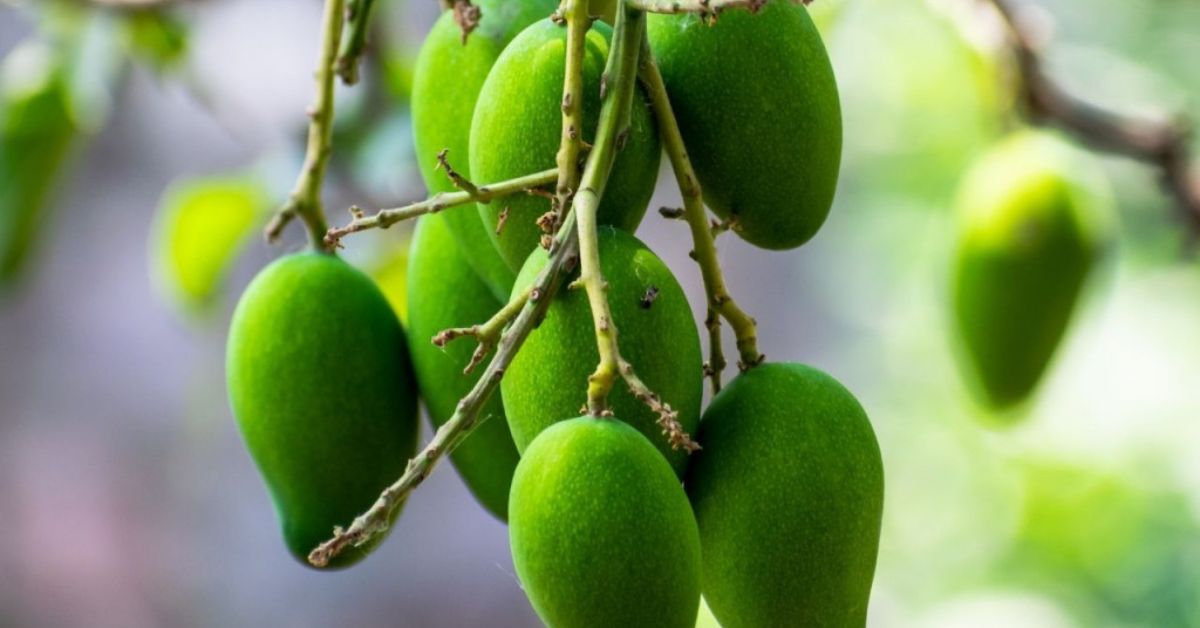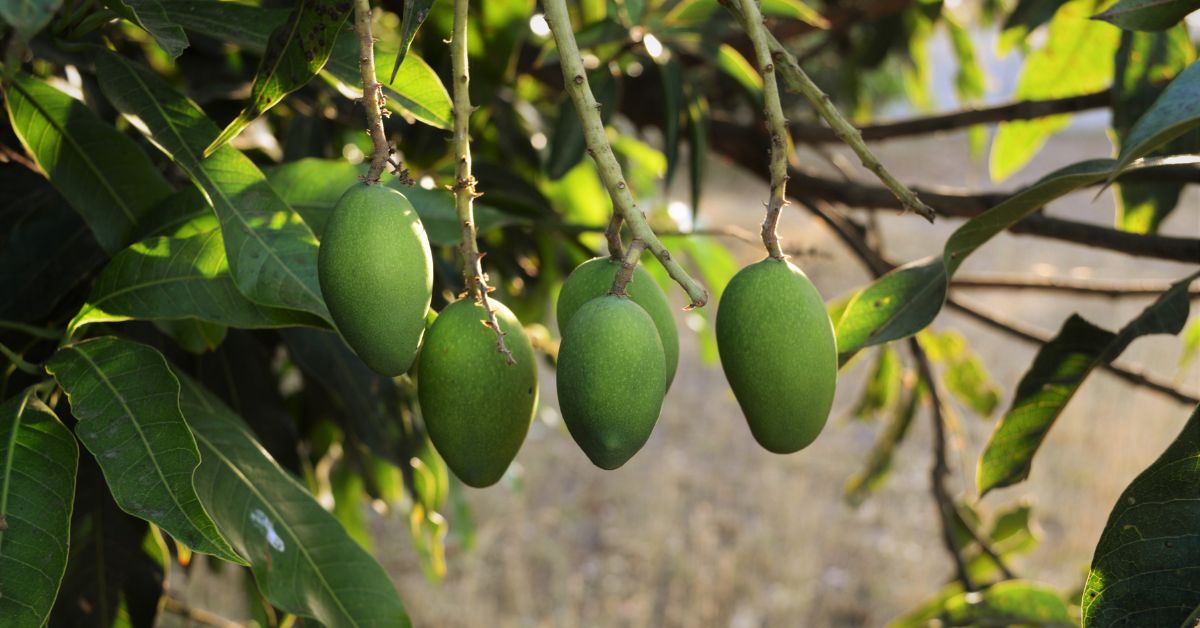Disappearing Mango Varieties of India: 5 Rare Mangoes You May Never Taste Again
India, often hailed as the land of mangoes, flaunts a rich legacy of indigenous mango varieties, each with its unique flavour, aroma, and cultural significance. However, many of these native treasures are fading into obscurity. Let’s delve into five such mango varieties that are on the brink of vanishing.
1. Karuppatti Kai, Tamil Nadu
Originating from the southern regions of Tamil Nadu, the Karuppatti Kai is a lesser-known variety cherished for its unique taste reminiscent of palm jaggery (karuppatti). This mango was traditionally consumed in its raw form, often used in pickles and local delicacies. Its distinct dark green skin and fibrous flesh set it apart from other varieties.
However, with the rise of commercial mango farming focusing on high-yield varieties, the Karuppatti Kai has seen a steep decline in cultivation. Today, it’s a rare find, mostly remembered by the older generations.
2. Kannimanga, Kerala
In Kerala, the Kannimanga holds a special place in traditional cuisine. These small, tender mangoes are primarily used for pickling, offering a burst of tangy flavour that complements Kerala’s spicy dishes.
 Kannimanga suits best for making pickles. Picture source: Mango point.
Kannimanga suits best for making pickles. Picture source: Mango point.
The name Kannimanga translates to virgin mango, indicating its harvest before maturity. Efforts are being made by local communities to preserve this integral part of Kerala’s gastronomic heritage.
3. Kalbhavi Maavu, Karnataka
Originating from the coastal regions of Karnataka, the Kalbhavi Maavu is renowned for its rich aroma and sweet, juicy pulp. This medium-sized mango, with its golden-yellow hue, was once a staple in local markets.
Its unique flavour profile made it a favourite for both direct consumption and in preparing traditional sweets. Preservationists are now advocating for its revival, emphasising its cultural and culinary importance.
4. Batasha, West Bengal
The Batasha mango, native to West Bengal, is named after the traditional sugar confections due to its exceptionally sweet taste. This small-sized mango, with its thin skin and succulent flesh, was once a common sight in the orchards of Bengal.
Its delicate nature, however, made it unsuitable for long-distance transportation, limiting its commercial viability. As a result, the Batasha has become increasingly rare, now mostly found in isolated rural pockets.
5. Amma Chettu, Andhra Pradesh
Translated to Mother Tree in Telugu, the Amma Chettu mango is revered in parts of Andhra Pradesh. Known for its large size and rich, fibrous pulp, this mango variety was traditionally associated with abundance and nourishment.
 Most of the native varieties are unable to compete with the famous, hybrid mangoes. Picture source: Canva.
Most of the native varieties are unable to compete with the famous, hybrid mangoes. Picture source: Canva.
Its trees, often towering and expansive, provided ample shade and were integral to the rural landscape. However, the challenges of maintaining such large trees have led to a significant decline in Amma Chettu cultivation. Today, it’s a symbol of a bygone era, remembered fondly in local folklore.
Why are these varieties disappearing?
The decline of these native mango varieties can be attributed to several factors:
- Commercial farming practices: The emphasis on high-yield, disease-resistant hybrid varieties has overshadowed traditional cultivars.
- Aesthetic preferences: Market demand for uniformly shaped, blemish-free mangoes has sidelined varieties that, while rich in flavour, don’t meet these visual standards.
- Urbanisation: Expanding cities have encroached upon traditional orchards, reducing the land available for cultivating indigenous varieties.
- Lack of awareness: Younger generations are often unaware of these traditional varieties, leading to decreased demand and cultivation.
Preserving these mangoes is not just about conserving biodiversity but also about retaining the cultural and culinary heritage they represent. Efforts by local communities, agriculturalists, and food enthusiasts are crucial in ensuring these varieties don’t fade into oblivion.
Edited by Vidya Gowri Venkatesh.
News